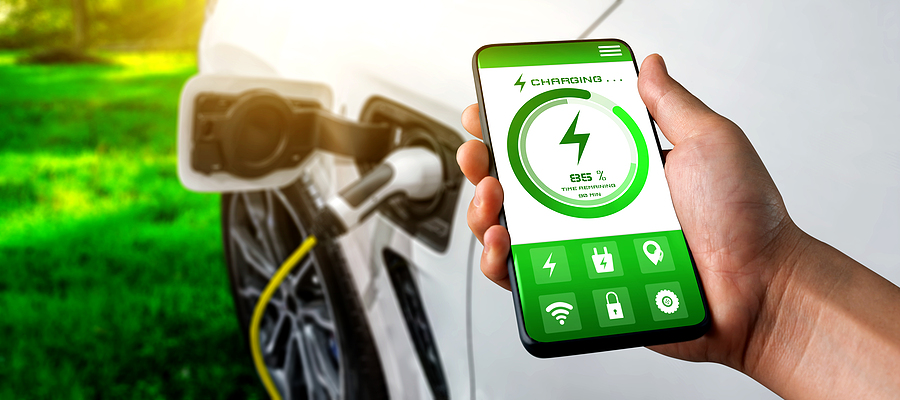5 Pluses of Home EV Smart Charging

Drivers are calling for more effective, user-friendly home charging stations as electric mobility becomes more and more commonplace in cultures worldwide and EV sales increase.
A developing idea called “smart charging” gives drivers more control over the charging process and enhances the user experience by providing insights into energy use and charging behavior. By facilitating more informed choices about when and how to charge, it may also aid in cost optimization.
However, how precisely does smart charging accomplish all these advantages? In this post, we look at the top five advantages of smart charging and discuss how they might raise effectiveness, convenience, and affordability.
Can smart EV charging be advantageous?
EV chargers are not inexpensive, and those with smart charging features are often more costly. It seems sense that you would then wonder whether the additional expense is worthwhile. The answer is probably yes, as we’ll see below.
A smart charger gives you the ability to monitor and control the charging process for your automobile as it is internet-connected. Because of this, you can make sure charging suits your requirements and even utilize it to lower your power costs. But it’s not just that. Let’s examine each of the five primary advantages of smart charging in more detail.
What advantages does EV smart charging offer?
A smart charger’s ability to connect opens a world of advantages, from better visibility and management to energy consumption balance and, eventually, even power storage. Below, we go into further information about each of them.
1. EV charging station connectivity
A wireless link between a car and a station is a common characteristic shared by all smart chargers, notwithstanding their wide variations in feature sets. This is made possible by the software included inside the charging station. It is often used in conjunction with an internet connection to enable remote control of the charger via a mobile app.
2. Maintain equilibrium in your energy flow
An electric vehicle’s charging puts a significant load to your home’s electrical network. It may overload the circuit and trip your breakers if it’s not handled correctly.
A smart charging feature called dynamic load balancing enables a charger to automatically allocate the available capacity to prevent overloads while continuously monitoring the power load on the circuit. In this manner, even while several other power-hungry appliances are on, as they often are in the morning or evening, it may enable an EV to charge without tripping circuit breakers.
In certain circumstances, your EV’s power consumption may be automatically reduced via dynamic load balancing, freeing up capacity for other appliances. Normal charging power may resume after they are switched off. Dynamic load balancing enables you to prioritize one EV among your several vehicles, guaranteeing that it is charged first.
a close-up of a hand holding a smartphone with two graphs showing how much energy it uses.
3. Use the capacity of your EV batteries
Although the battery in your electric vehicle (EV) is just used to store energy for driving right now, it may eventually be able to power your grid by recharging it with electricity. Vehicle-to-grid (V2G) technology describes the bidirectional power flows that occur between an electric vehicle (EV) and the electrical circuit.
4. Maximize the use of renewable energy
EV users sometimes wonder whether they may utilize the power they produce themselves—for instance, from solar panels or wind turbines—to charge their vehicles. By giving you easy control over the source of the energy used to charge your automobile, smart charging may help you make the most use of locally produced energy.
5. Reduce the cost of power
A smart charger requires some initial investment, but over the course of its lifetime, a few characteristics may result in considerable cost savings. A smart charger lets you control how much power you use and charge at times when you can reduce your electricity costs by giving you insights into the process and energy use. This goes beyond just insights; you may be able to automatically improve your power use in the future thanks to possible automation.
